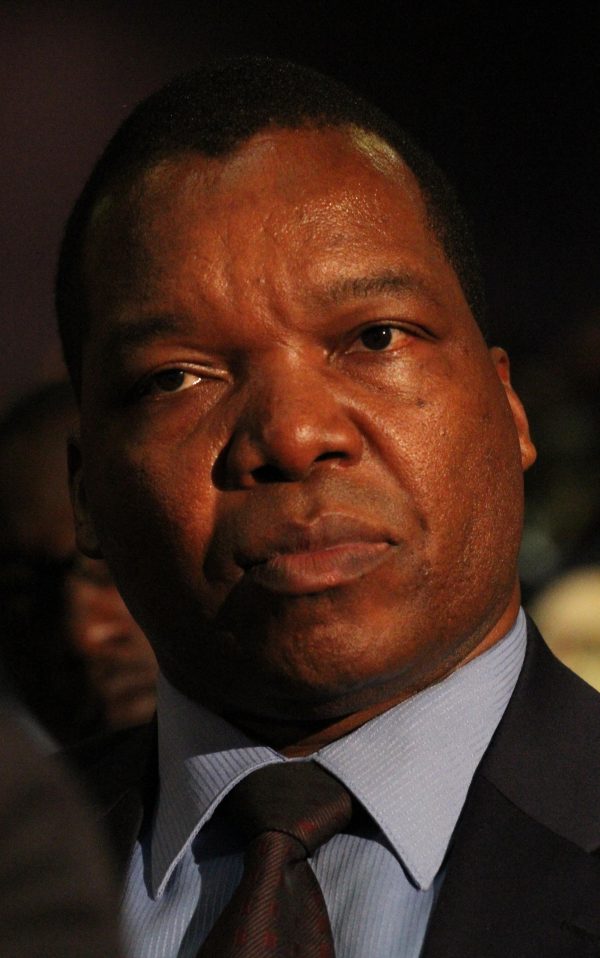
Reserve Bank of Zimbabwe (RBZ) governor John Mangudya’s measures announced in his monetary policy statement last week fell short of capping the Real Time Gross Settlement (RTGS) balances with analysts warning that the use of special productive facilities is an attempt at reintroducing quasi fiscal activities.
BY FIDELITY MHLANGA
In the statement Mangudya came up with cocktail of measures aimed at liberalising the foreign currency market through an avalanche of measure that include among others, enhancement of the nostro stabilisation facilities and ring-fencing of foreign exchange inflows, provision of investment guarantees to lure foreign investors and increasing tobacco and gold facilities.
The measures also include export incentives for horticulture, cotton, gold and macadamia, and the establishment of an offshore financial services centre.
Zimbabwe National Chamber of Commerce Christopher Mugaga said the monetary policy fell short of confrontational ways of solving the problems we are facing.
“We thought maybe he could put a threshold on RTGS balances to say they should not reach a certain level. The growth of RTGS balances against physical cash in the economy has been breeding a three-tier pricing system in the economy,” said Mugaga.
The increase in the RTGS position was largely driven by increased government financing through the overdraft at the central bank and the issuance of Treasury Bills and Bonds, which increased to $5,2 billion at the end of 2017 from $3,2 billion in 2016.
Mangudya said the substantial increase in money supply was a reflection of the expansionary fiscal stance which has continued to increase RTGS money from $954 million in 2016 to $1,732 billion in 2017.
- Chamisa under fire over US$120K donation
- Mavhunga puts DeMbare into Chibuku quarterfinals
- Pension funds bet on Cabora Bassa oilfields
- Councils defy govt fire tender directive
Keep Reading
Mangudya’s policy prescribed financing tobacco and gold and other exportable products such as horticulture, mining, tourism using RTGS funds seated at banks to generate foreign exchange for the country.
He granted deserving tobacco merchants authority to use RTGS money to purchase tobacco from the auction floors.
Economist Kipson Gundani said the measures failed to acknowledge the basic fact that the RBZ overdraft at $1,2 billion and quasi fiscal activities were responsible for influencing inflation in the economy.
He warned that RBZ was slowly getting back to former governer, Gideon Gono’s era of quasi fiscal activities.
“Statements like ‘increased access to productive sector facilities’ and ‘use of locally generated RTGS balances to promote exporters’ should be extremely worrying. In simple terms RBZ is not working at any disinflation programme. The statement is counting and relying only on improved sentiments to counter inflation in the economy. It’s hardly a solution to me,” Gundani said.
“Locally generated RTGS does not represent value creation if you trace them from deficit financing. It’s inflationary.”
He said proposals to increase bond notes over the next few months showed that there was no clear commitment to market-based financing of government deficits.
As of end last December, $290 million bond notes were circulating in the market.
“Instead we expect (special facilities) that is quasi fiscal activities to increase. Proposals to ring fence foreign investment funds , offer guarantees against exchange rate risks essentially says to me, we are asking our exporters, holders of TBs, Zimbabwean tax payers and holders of RTGS deposits to pay for this privilege to foreign investors. Why should only foreign investment be immune to exchange rate risks when everyone else is left exposed?”
Mangudya’s policy offers to review cotton, gold and tobacco incentives upwards a move which is likely to have more bond notes disbursed in the market.
He also put in place a $1 billion buffer to guarantee investment flows into the country.
Economist Persistence Gwanyanya said the policy was fair in view of the increased investment in the economy.
“The thrust of the monetary policy is to be open to business. The thrust was to increase investment into the economy. The first thing that the RBZ has done is to acknowledge that the generators of foreign currency should be given more priority. More than 80% of forex comes from five commodities. Those generators were given priority to use forex despite their retention,” he said.
The maximum fixed administrative charge to access export documents has been reduced from $50 to $20 per export transaction.
Mangudya’s statement sought to enhance nostro stabilisation facilities to provide assurances to foreign exchange earners of forex availability and to meet the import requirements of essential commodities.
The monetary policy prescribed the foreign currency retention threshold for all services and products except gold, diamonds, platinum, chrome and tobacco remains at 100% of export receipts for exporters’ use in their business operations within an extended period of up to 14 days from the receipt of funds to ensure continuous generation.
The retention threshold for private diamond firms, platinum and chrome producers has increased from 20% to 35% whilst that for gold, public owned diamond firms and tobacco remain as per current policy.
IH Securities said government intended to sanitise the current RTGS balances with real dollars as the road map for currency reform which would ultimately result in currency premiums eventually narrowing and stabilising as inflows improve over time.
“The unbalanced state of the economy however requires additional support of significant capital inflows, coupled with adequate expenditure management reforms to sustain stability,” IH Securities said.











